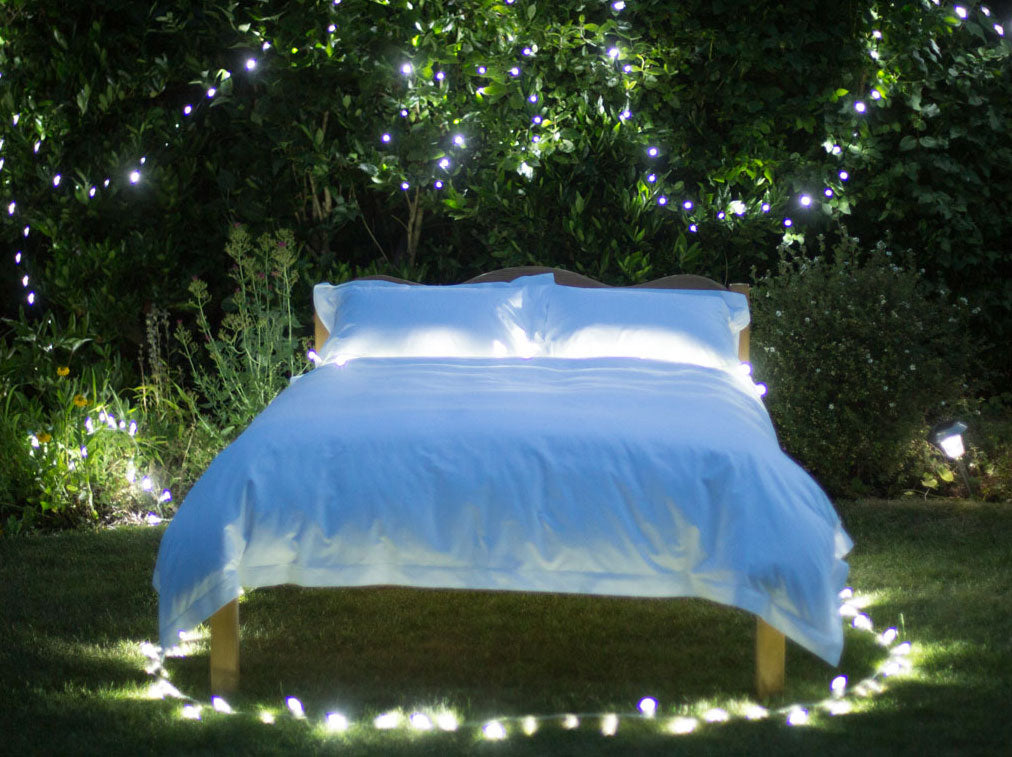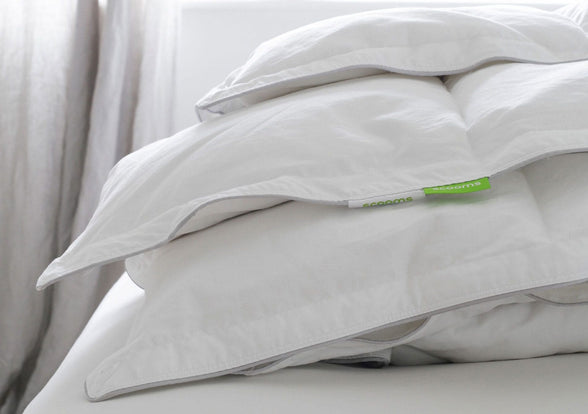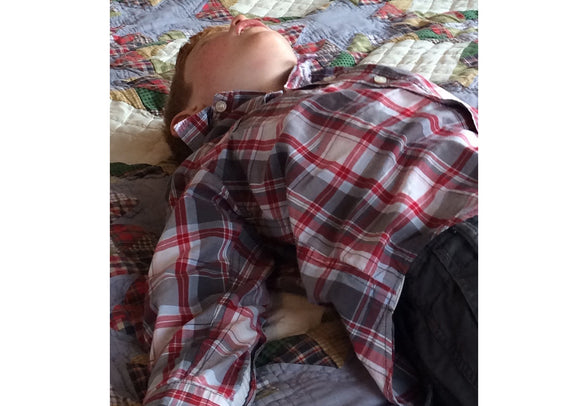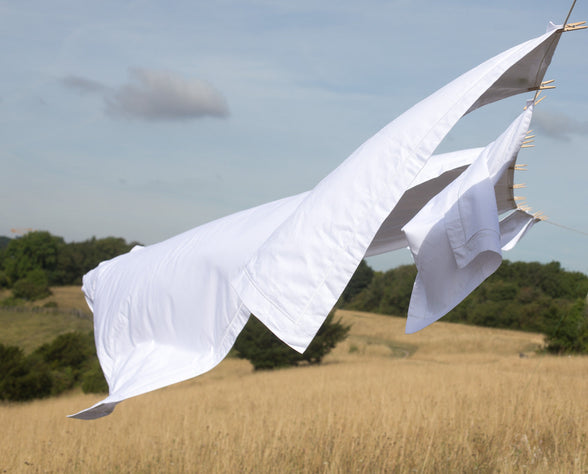
What is my circadian rhythm?
Most animals and plants have a built-in circadian rhythm, an internal system that in humans regulates feelings of sleepiness and wakefulness over roughly a 24 hour cycle.
Circadian rhythm
Your circadian rhythm causes your level of wakefulness to rise and dip throughout the day. Most people feel the strongest desire to sleep between 1:00pm and 3:00pm and then again between 2:00am and 4:00am, but this can vary from person to person. That’s why some people are “morning people,” while others function best in the evening.
Your circadian rhythm is also known as your sleep/wake cycle or body clock. The study of circadian rhythms is called chronobiology
Your circadian rhythm can change as you age. For example; teenagers sleep for more total hours, as well as going to bed and waking up later.
Hypothalamus
It is controlled by the hypothalamus region of the brain. Your circadian clock checks its accuracy each day using external environmental cues, principally light or darkness. Though it does not actually require light to function and can function quite accurately even when people are completely cut off from daylight.
Sleep routine
Circadian rhythms may be adjusted by up to two hours or so either way according to an individual’s make up. Some people (morning people) tend to wake up early and are most alert during the first part of the day. Others (evening people) are most alert in the late evening and prefer to go to bed late. In these people, the timing of their circadian cycle is shifted; an effect that is at least partly encoded in their genes.
If you follow your body’s natural cues about when to go to sleep and wake up and have a good sleep routine, your circadian rhythm should stay balanced. A change in your schedule can disrupt your body clock, effecting the quality of your sleep.





































